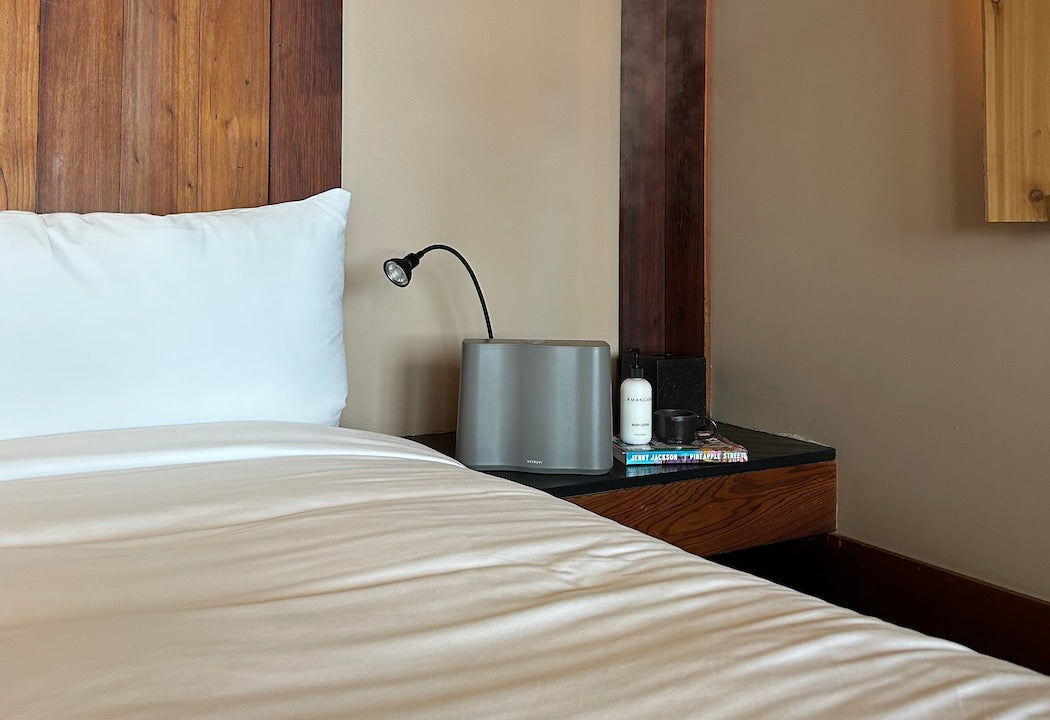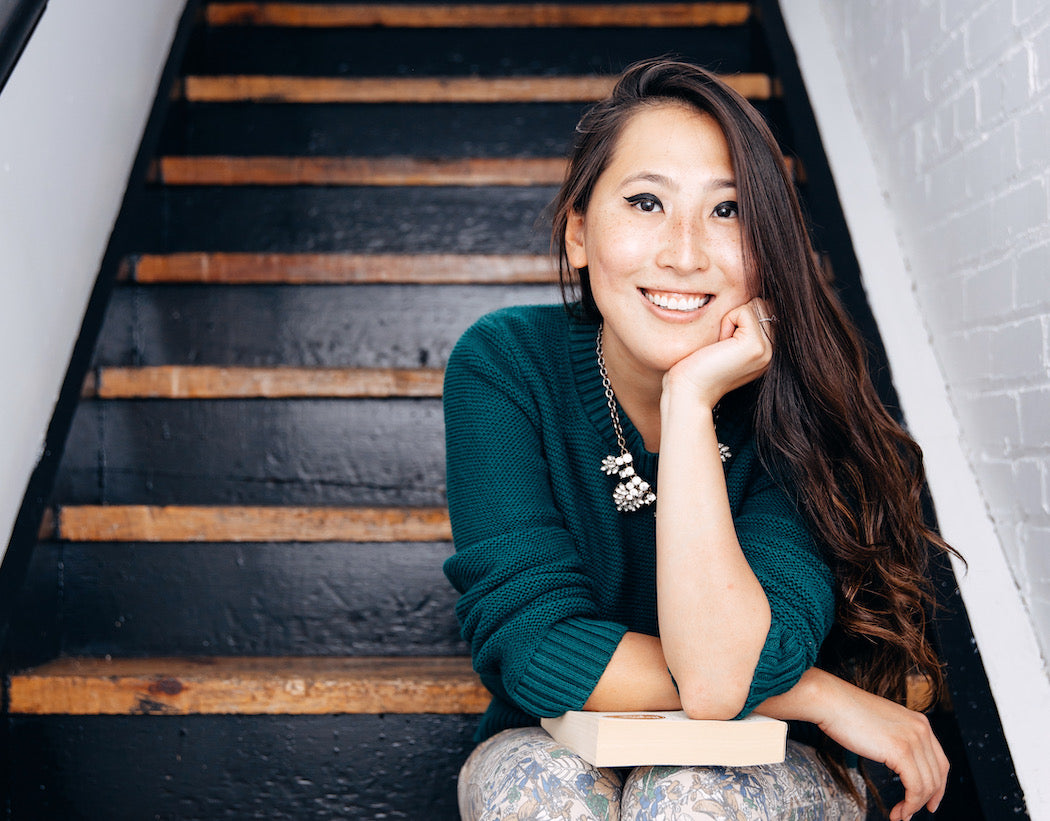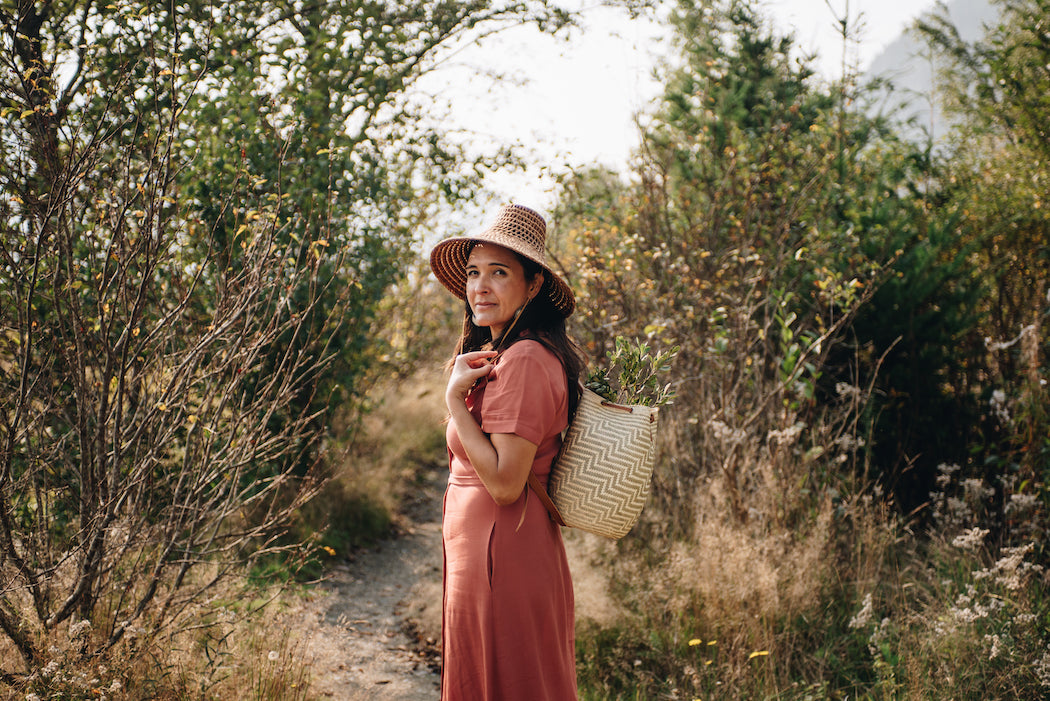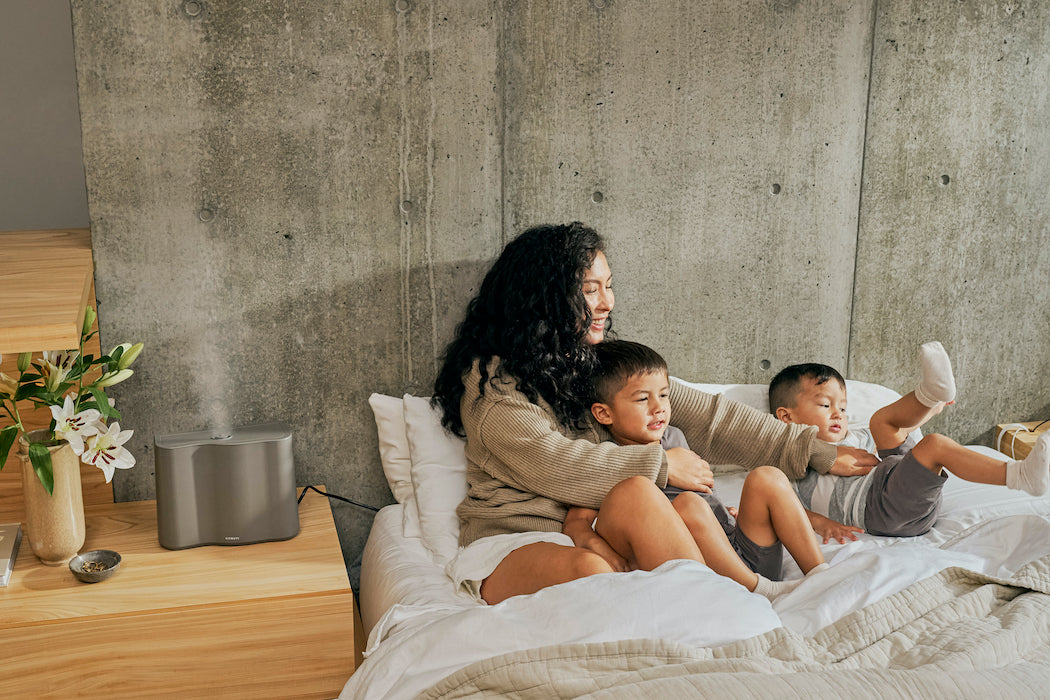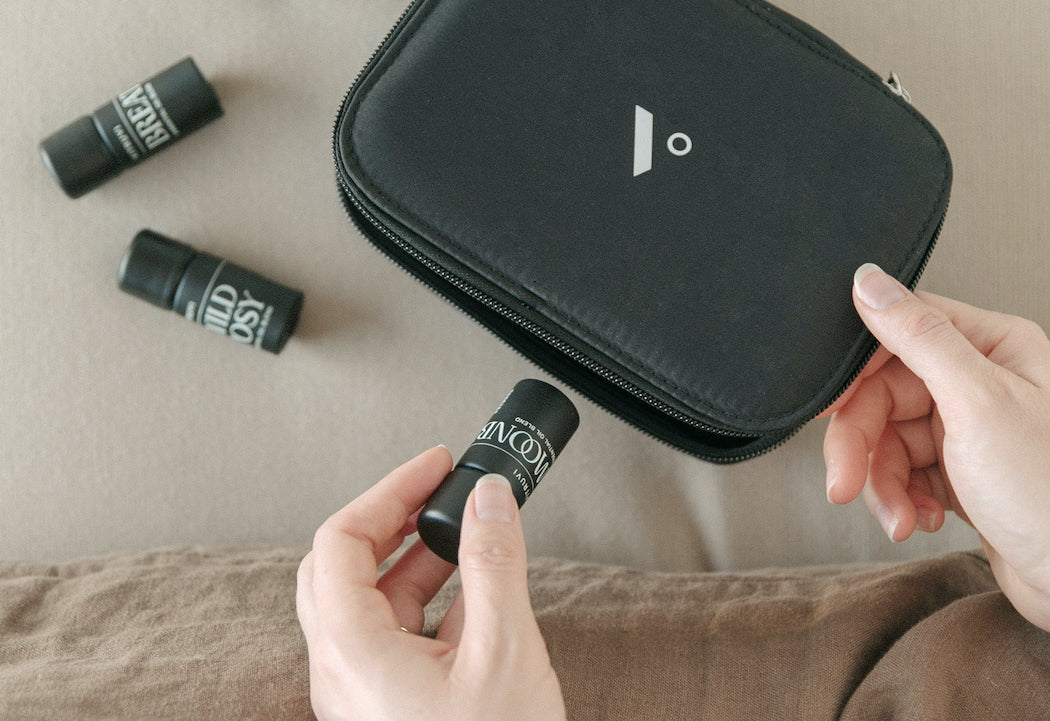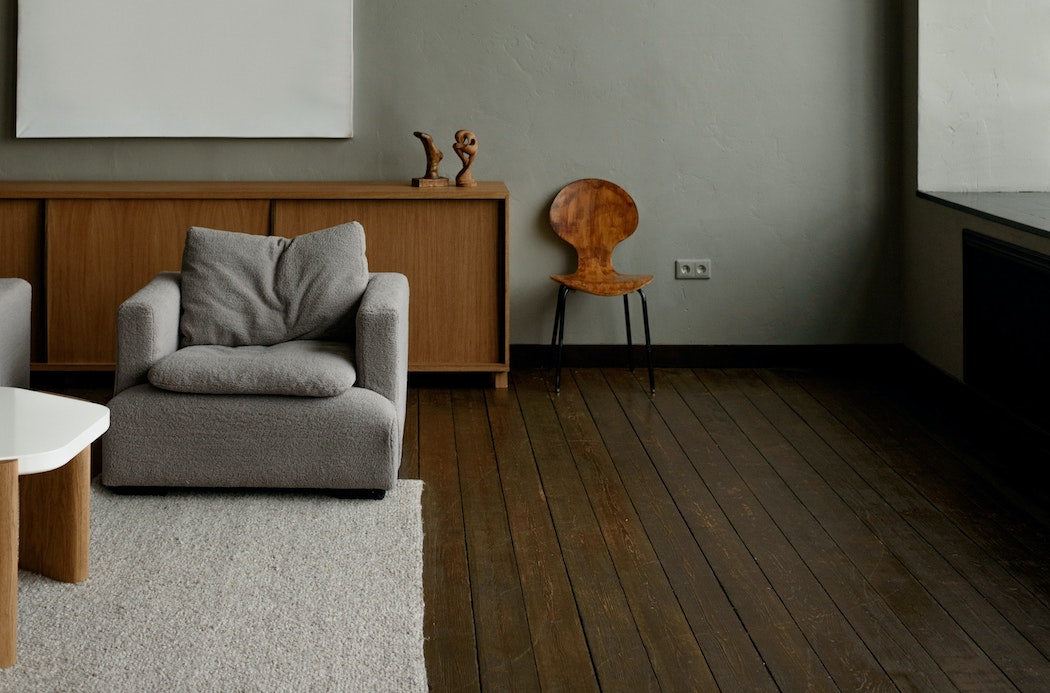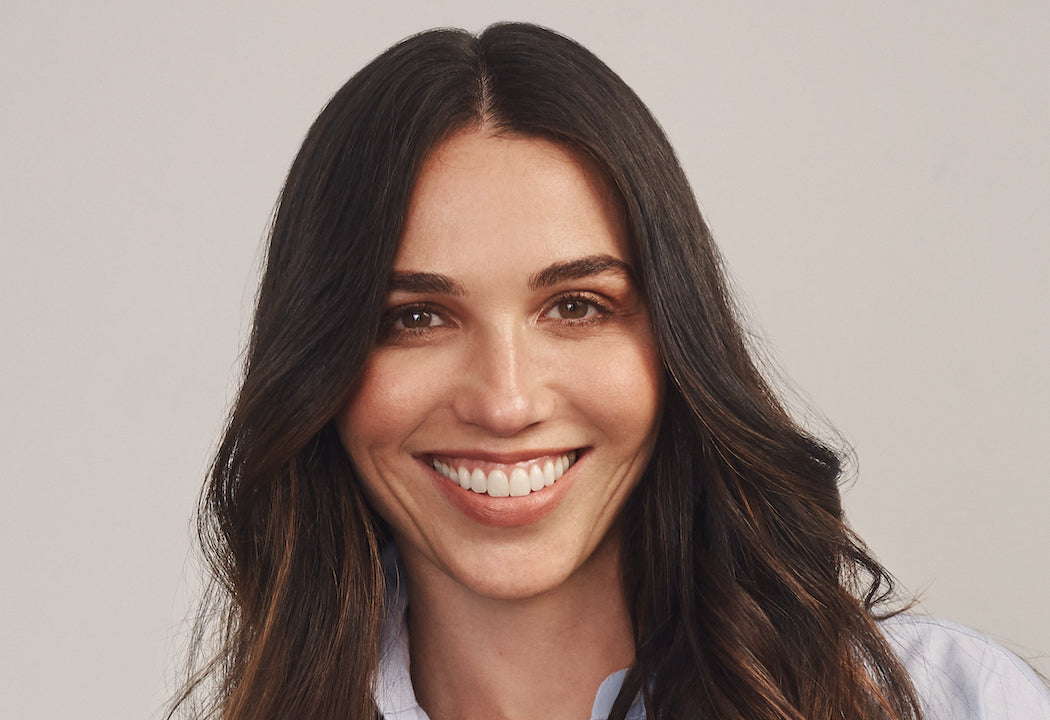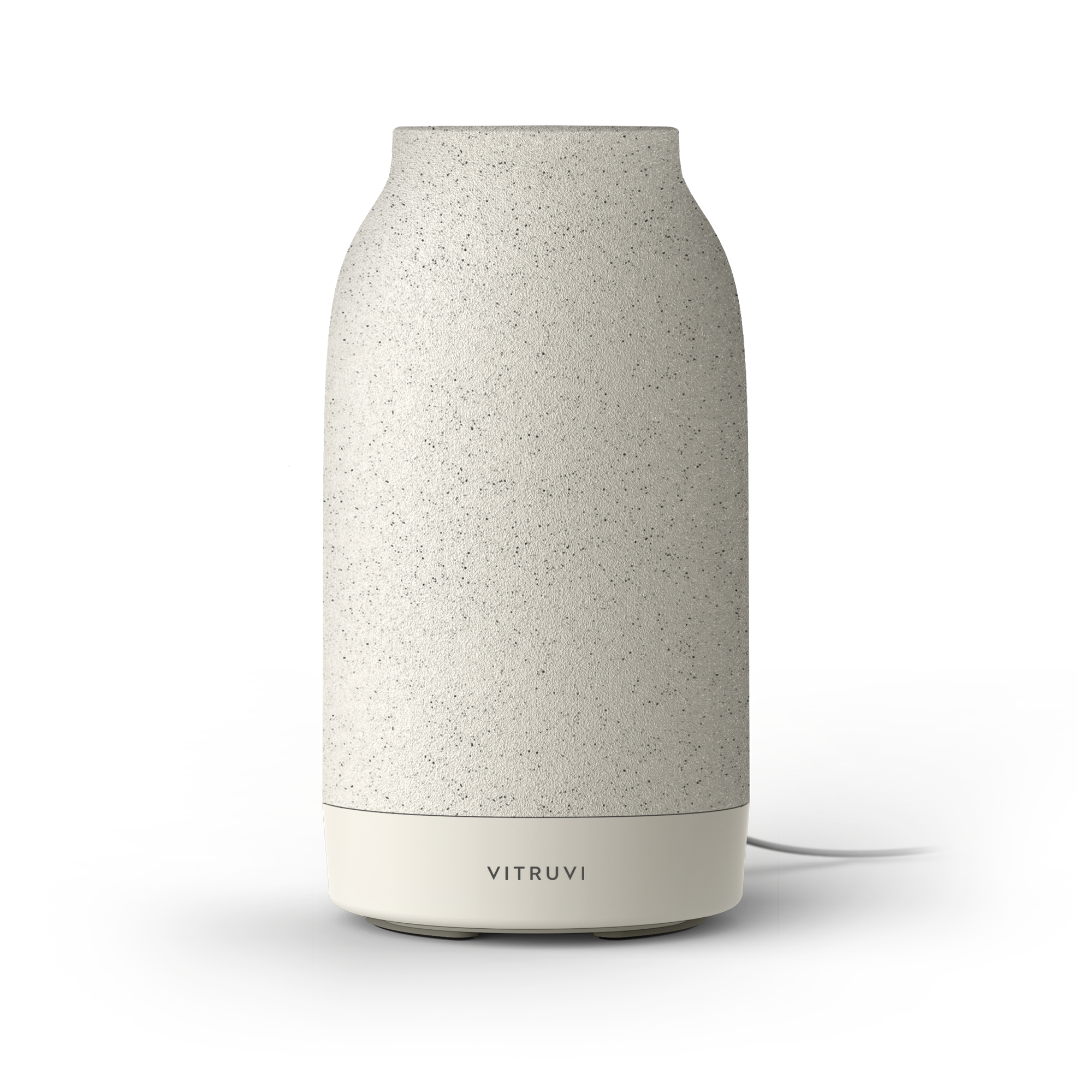My story isn’t a new one.
I am a first-generation Punjabi-Canadian, and my lived experience echoes the sentiments of many other kids who grew up caught between two cultures.
At my majority-white high school in British Columbia’s Okanagan Valley, I tried my hardest to fit in. But as the only Brown girl in my grade, I knew that I was different—even though at that time, I didn’t have the words to express what I was going through. I loved writing for my school newspaper, though; it was the only thing I knew I was good at. So after getting accepted to the best journalism program in Canada, I dropped everything that I thought I knew about myself and left home at 17 to start a new life in Toronto.
It was a culture shock. I went from being the lone person of colour in my friend group to quickly meeting people from all over the world. Even so, within my program at Ryerson University, I gravitated towards the other women of colour. And it wasn’t just our love of the news that we bonded over. For a lot of us, it was our shared firsts: we were the first ones to pursue creative endeavours in our families; the first ones to become journalists; the first ones to have the opportunity to do something other than what our families had planned for us. These were things that many of us never saw growing up.
In between classes, we helped each other apply for jobs, find internships, and navigate the microaggressions lobbed by our peers and instructors. In class, we involuntarily became representatives of our culture, asked by our teachers to cover stories in the “Brown” community—even if we didn’t have any insight about the issues. It was clear even in school that the lack of diversity and the surplus of racism in Canadian newsrooms were waiting for us once we graduated.
That’s when Arti Patel, Nikkjit Gill, and I started talking about creating something for Brown girls in the media. This idea eventually evolved into Didihood: a collective for South Asian women in creative industries to have a space to collaborate, network, and build friendships. “Didihood” is our play on the word sisterhood; “didi” means “older sister” in many South Asian languages, and is also used as a term of endearment among Brown women.
With Didihood, we stopped waiting for a seat at the table and instead built our own. Since launching in 2017, we have hosted events with Twitter Canada and the Toronto International Film Festival, held journalism workshops at Ryerson, organized meet-ups in Toronto and Vancouver, and launched a program that pairs young women with established mentors in journalism, film, and art, among other fields. At one of our events, a woman came up to me and said that aside from a family wedding, she had never been in a room with so many other Brown women.
Over the last few months, countless journalists of colour have spoken out about their experiences working in Canadian media—and these stories of racism and oppression inspired us to host a digital panel about representation and inclusion in the industry. Our takeaway was clear: we aren’t going to stand for the status quo anymore.
We often get messages from young South Asian women asking for advice on how to handle an issue they’re having at work, or who are just looking for a new network of women to be friends with. When I’m able to answer one of their questions or use our community to offer them support, I’m reminded about the importance of what we’ve built. Through this didihood, we’re writing a new narrative about who gets to be here.


